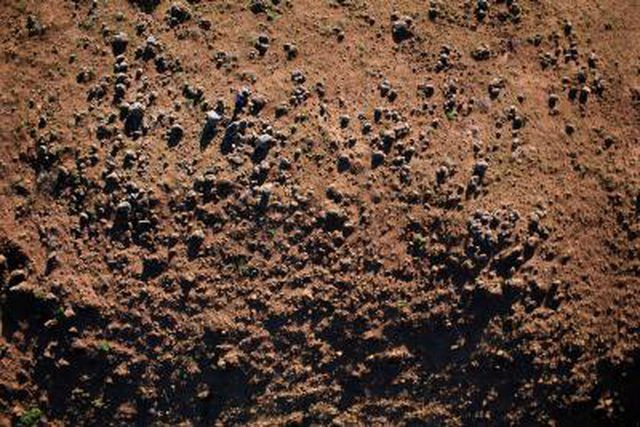Bulbs
Flower Basics
Flower Beds & Specialty Gardens
Flower Garden
Garden Furniture
Garden Gnomes
Garden Seeds
Garden Sheds
Garden Statues
Garden Tools & Supplies
Gardening Basics
Green & Organic
Groundcovers & Vines
Growing Annuals
Growing Basil
Growing Beans
Growing Berries
Growing Blueberries
Growing Cactus
Growing Corn
Growing Cotton
Growing Edibles
Growing Flowers
Growing Garlic
Growing Grapes
Growing Grass
Growing Herbs
Growing Jasmine
Growing Mint
Growing Mushrooms
Orchids
Growing Peanuts
Growing Perennials
Growing Plants
Growing Rosemary
Growing Roses
Growing Strawberries
Growing Sunflowers
Growing Thyme
Growing Tomatoes
Growing Tulips
Growing Vegetables
Herb Basics
Herb Garden
Indoor Growing
Landscaping Basics
Landscaping Patios
Landscaping Plants
Landscaping Shrubs
Landscaping Trees
Landscaping Walks & Pathways
Lawn Basics
Lawn Maintenance
Lawn Mowers
Lawn Ornaments
Lawn Planting
Lawn Tools
Outdoor Growing
Overall Landscape Planning
Pests, Weeds & Problems
Plant Basics
Rock Garden
Rose Garden
Shrubs
Soil
Specialty Gardens
Trees
Vegetable Garden
Yard Maintenance
How to Test for Petroleum in Soil
How to Test for Petroleum in Soil. PCS (Petroleum Contaminated Soil) is described as any earthen material or artificial landfill that has human or natural alteration of its biological, physical, radiological or chemical composition resulting from the introduction of crude oil or any petroleum-based product such as diesel, gasoline or motor oil....

PCS (Petroleum Contaminated Soil) is described as any earthen material or artificial landfill that has human or natural alteration of its biological, physical, radiological or chemical composition resulting from the introduction of crude oil or any petroleum-based product such as diesel, gasoline or motor oil. Testing is used for detecting and monitoring petroleum aromatic hydrocarbons in soil.
Things You'll Need
Glass jar with lid
Place a scoop of the soil in question in a glass container with a lid. Cover with water and shake vigorously. Allow the water to settle and all sediment to fall to the bottom of the water. Allow to sit for a couple of days. If there is petroleum or hydrocarbon by-products present in the sample, oil will separate from the soil particles and will float on the top of the water. Even small percentages of hydrocarbon will make a "rainbow" or an iridescent film on top of the water. Basic field tests can help gather information to know if hydrocarbons are present in the soil; a chemical analysis will be necessary for more accurate information about petroleum content and properties. (This same test will reflect soil content, clay will settle to the bottom, then sand and silt will layer on top of the clay. Percentages of these materials are then visually determined.)
Contact a professional testing lab to conduct tests for methane mitigation and hydrocarbon residue. Methane gas, commonly found in combination with other hydrocarbons, can build up under buildings. Gas build-up presents a danger of explosion. Methane gas probe tests require the services of a professional testing lab.
Use a disposable, portable petroleum analyzer kit, available from manufacturers of chemical analysis laboratory equipment or from an oilfield supply house. Digital analyzers measure the concentration levels of petroleum hydrocarbons present in sediment, soil and water. The equipment is ideal for use in the field. Calibrated to provide exact measurements of the quantitative amounts of specific petroleum products, the test will distinguish between Brent crude, diesel fuel, leaded and unleaded gasoline, lubricating oil and weathered gasoline.